A Singular Woman (48 page)

CHAPTER TEN. MANHATTAN CHILL
CHAPTER ELEVEN. COMING HOME
EPILOGUE
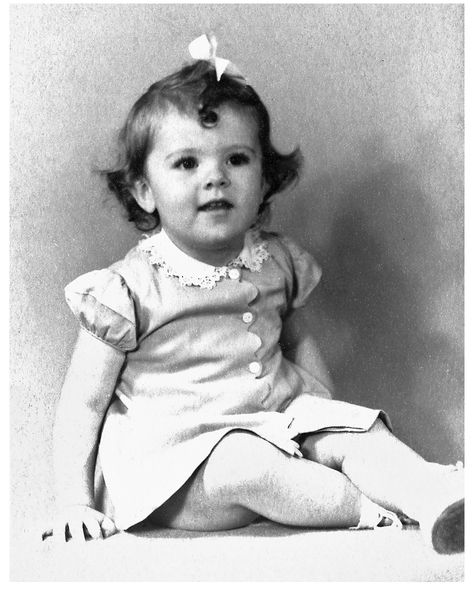
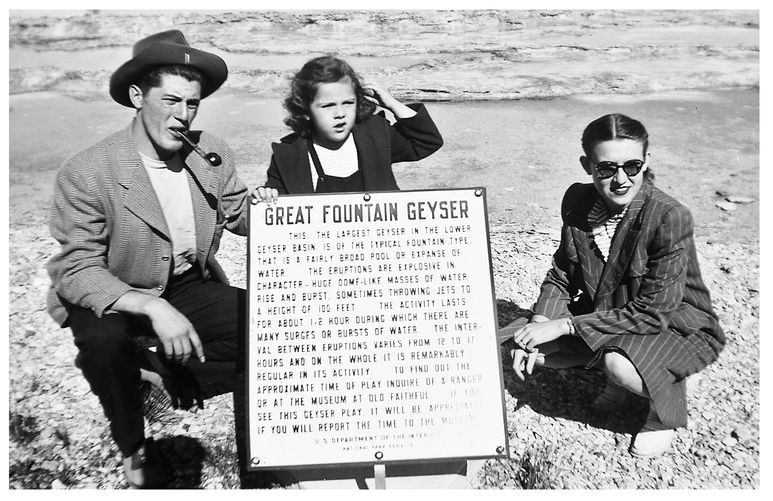
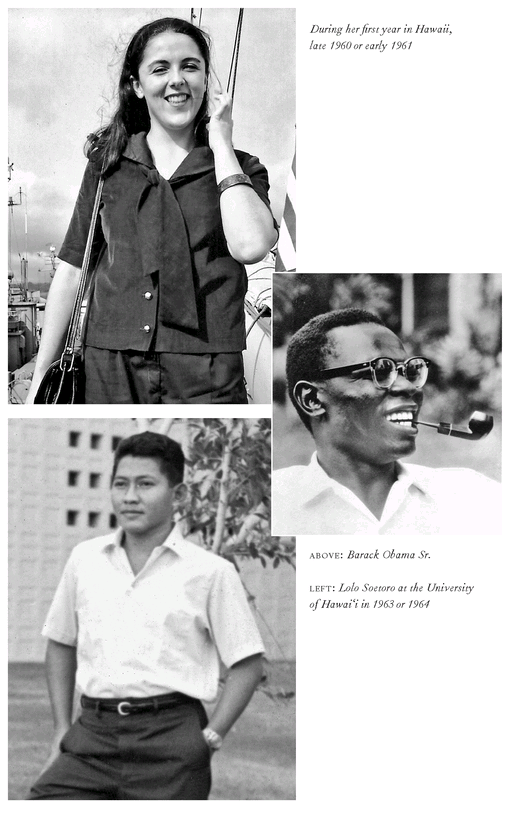
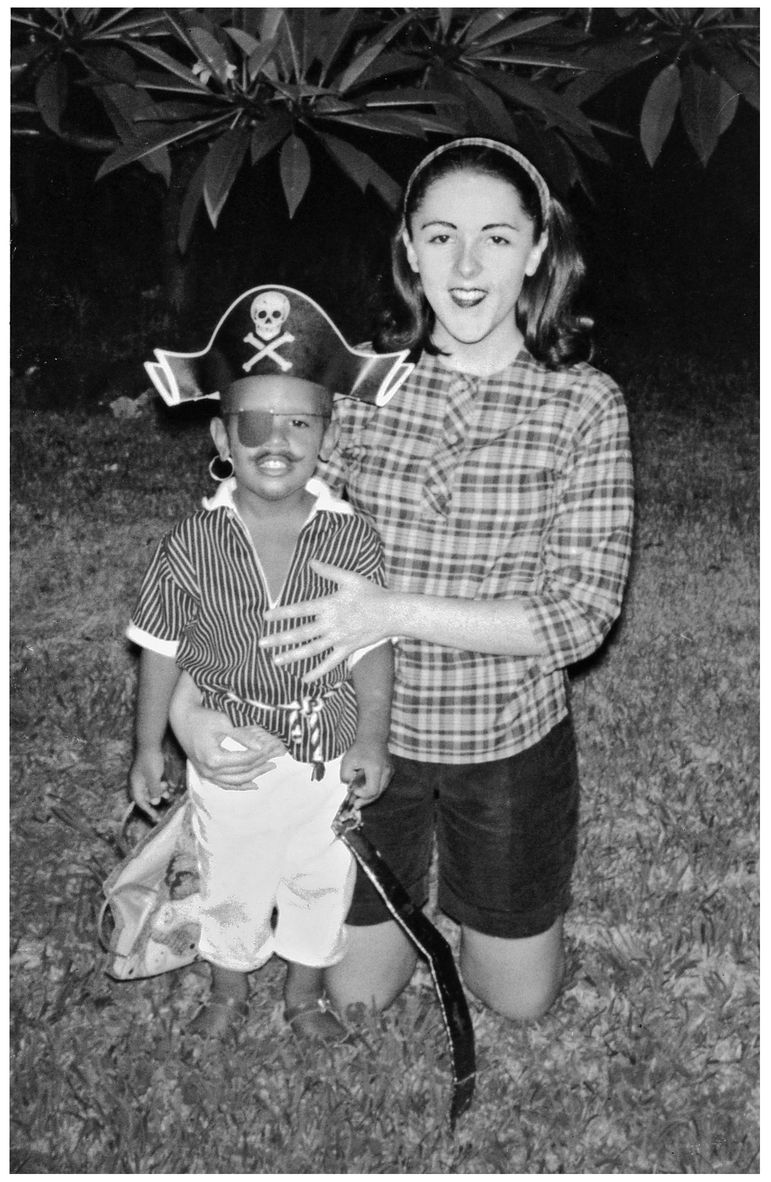
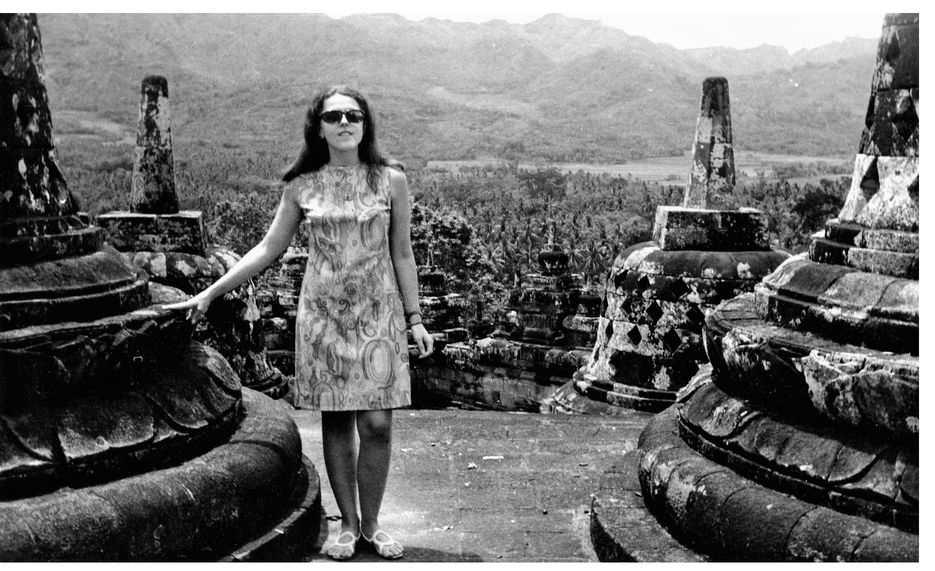
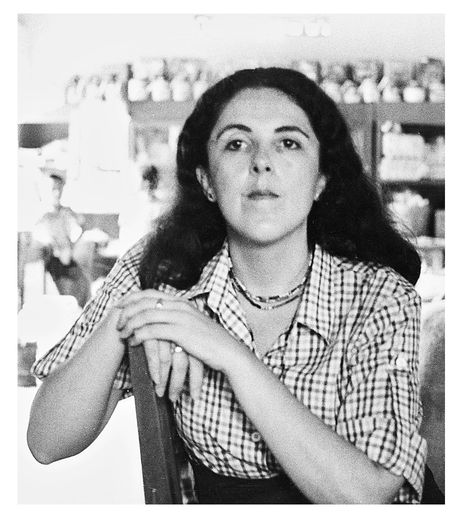
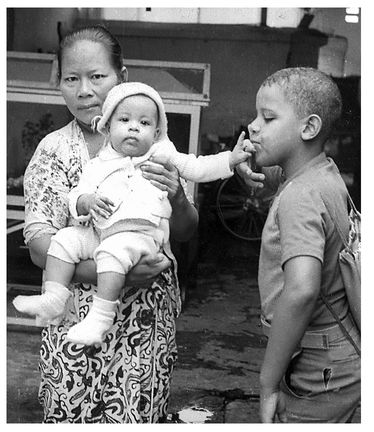
This chapter is based largely on interviews with Niki Armacost, Nancy Barry, Brinley Bruton, Donald Creedon, Susan Davis, Sri R. Dwianto, Ruth Goodwin Groen, Dewiany Gunawan, Sarita Gupta, Bruce Harker, Mary Houghton, Don Johnston, Celina Kawas, Dinny Jusuf, Wanjiku Kibui, Nina Nayar, Brigitta Rahayoe, Barbara Shortle, Maya Soetoro-Ng, Garrett and Bronwen Solyom, Made Suarjana, Monica Tanuhandaru, Kellee Tsai, Pete Vayda, and Lawrence Yanovitch. I also had access to some of Ann Dunham's correspondence and personal papers dating from this period. Amy Rosmarin made available to me a videotape of a professional presentation made by Ann.
311
microfinance institutions were reaching only a tiny fraction: What's New in Women's World Banking,
2, no. 2 (May 1994).
microfinance institutions were reaching only a tiny fraction: What's New in Women's World Banking,
2, no. 2 (May 1994).
317
“I am now going further into credit card debt”:
Memo from Ann Dunham Sutoro to Nancy Barry, September 8, 1993.
“I am now going further into credit card debt”:
Memo from Ann Dunham Sutoro to Nancy Barry, September 8, 1993.
322
“except the D and C, which I postponed”:
Letter from Ann Sutoro to Barbara E. Shortle, July 18, 1995.
“except the D and C, which I postponed”:
Letter from Ann Sutoro to Barbara E. Shortle, July 18, 1995.
This chapter relies on interviews with James Boomgard, Gillie Brown, Alice Dewey, Michael Dove, Bruce Harker, Ann Hawkins, Rens Heringa, Don Johnston, Georgia McCauley, Ferne Mele, Nina Nayar, Mayling Oey-Gardiner, Dick Patten, Arlene Payne, Jon Payne, Nancy Peluso, Slamet Riyadi, Sabaruddin, Barbara Shortle, Maya Soetoro-Ng, Garrett and Bronwen Solyom, Made Suarjana, Julia Suryakusuma, Tanya Torres, Pete Vayda, and Yang Suwan. I also had access to some of Ann Dunham's personal papers and correspondence.
344
biggest mistake he made:
Scott Fornek, “Stanley Ann Dunham: âMost Generous Spirit,' ”
Chicago Sun Times,
Sept. 9, 2007. In response to a question from me, President Obama, through a spokesman on Dec. 16, 2010, confirmed the
Sun-Times
account and said he had last spoken with his mother several days before her death.
biggest mistake he made:
Scott Fornek, “Stanley Ann Dunham: âMost Generous Spirit,' ”
Chicago Sun Times,
Sept. 9, 2007. In response to a question from me, President Obama, through a spokesman on Dec. 16, 2010, confirmed the
Sun-Times
account and said he had last spoken with his mother several days before her death.
This epilogue includes material from conversations with Gillie Brown, Nancy Cooper, John Hunt, Nina Nayar, President Obama, Maya Soetoro-Ng, Sumarni, Kellee Tsai, Djaka Waluja, and Linda Wylie.
350
approximately nine thousand copies:
Interview with Peter Osnos, former publisher of Times Books, March 2, 2008.
approximately nine thousand copies:
Interview with Peter Osnos, former publisher of Times Books, March 2, 2008.
350
in paperback the following year:
Interview with Philip Turner, former editor in chief of
Kodansha Globe,
March 4, 2008.
in paperback the following year:
Interview with Philip Turner, former editor in chief of
Kodansha Globe,
March 4, 2008.
352
“best in me I owe to her”:
Obama,
Dreams from My Father,
xii.
“best in me I owe to her”:
Obama,
Dreams from My Father,
xii.
Bibliography
Bresnan, John.
At Home Abroad: A Memoir of the Ford Foundation in Indonesia, 1953â1973
. Jakarta: Equinox, 2006.
At Home Abroad: A Memoir of the Ford Foundation in Indonesia, 1953â1973
. Jakarta: Equinox, 2006.
Â
Dewey, Alice G.
Peasant Marketing in Java
. New York: Free Press of Glencoe, 1962.
Peasant Marketing in Java
. New York: Free Press of Glencoe, 1962.
Â
Dunham, S. Ann.
Peasant Blacksmithing in Indonesia: Surviving and Thriving Against All Odds.
Honolulu: University of Hawaiâi, 1992.
Peasant Blacksmithing in Indonesia: Surviving and Thriving Against All Odds.
Honolulu: University of Hawaiâi, 1992.
Â
Dunham, S. Ann.
Surviving Against the Odds: Village Industry in Indonesia
. Durham, NC: Duke University Press, 2009.
Surviving Against the Odds: Village Industry in Indonesia
. Durham, NC: Duke University Press, 2009.
Â
Ford Foundation.
Celebrating Indonesia: Fifty Years with the Ford Foundation 1953â2003
. New York: Ford Foundation, 2003.
Celebrating Indonesia: Fifty Years with the Ford Foundation 1953â2003
. New York: Ford Foundation, 2003.
Â
Hutton, Peter, and Hans Hoefer.
Guide to Java
. Hong Kong: Apa Productions, 1974.
Guide to Java
. Hong Kong: Apa Productions, 1974.
Â
Koentjaraningrat.
Javanese Culture
. Oxford: Oxford University Press, 1985.
Javanese Culture
. Oxford: Oxford University Press, 1985.
Â
Miner, Craig.
Kansas: The History of the Sunflower State, 1854â2000
. Lawrence: University Press of Kansas, 2002.
Kansas: The History of the Sunflower State, 1854â2000
. Lawrence: University Press of Kansas, 2002.
Â
Obama, Barack.
The Audacity of Hope
. New York: Crown, 2006.
The Audacity of Hope
. New York: Crown, 2006.
Â
âââ.
Dreams from My Father
. New York: Three Rivers Press, 1995.
Dreams from My Father
. New York: Three Rivers Press, 1995.
Â
Patten, Richard H., and Jay K. Rosengard.
Progress with Profits: The Development of Rural Banking in Indonesia
. San Francisco: ICS Press for the International Center for Economic Growth and the Harvard Institute for International Development, 1991.
Progress with Profits: The Development of Rural Banking in Indonesia
. San Francisco: ICS Press for the International Center for Economic Growth and the Harvard Institute for International Development, 1991.
Â
Price, Jay M.
El Dorado: Legacy of an Oil Boom
. Charleston, SC: Arcadia, 2005.
El Dorado: Legacy of an Oil Boom
. Charleston, SC: Arcadia, 2005.
Â
Robinson, Marguerite S.
The Microfinance Revolution,
vol. 2:
Lessons from Indonesia
. Washington, DC: The World Bank, 2002.
The Microfinance Revolution,
vol. 2:
Lessons from Indonesia
. Washington, DC: The World Bank, 2002.
Â
Schwarz, Adam.
A Nation in Waiting: Indonesia's Search for Stability
. Oxford: Westview Press, 2000.
A Nation in Waiting: Indonesia's Search for Stability
. Oxford: Westview Press, 2000.
Â
Solyom, Garrett, and Bronwen Solyom.
The World of the Javanese Keris
. Honolulu: Asian Arts Press, 1988.
The World of the Javanese Keris
. Honolulu: Asian Arts Press, 1988.
Â
Vickers, Adrian.
A History of Modern Indonesia
. Cambridge, England: Cambridge University Press, 2005.
A History of Modern Indonesia
. Cambridge, England: Cambridge University Press, 2005.
A Note on Photos
Over the past three years, people surprised me repeatedly with photographs of Ann Dunham. There was the photo of Ann, at forty-four, on a Manhattan rooftopâthe photo that left me wondering about her in the first place. There was the photo of Ann, in a borrowed sarong and
kebaya,
at the University of Hawaiâi at age twenty-one. Over a dish of crisp fried cow's lung in a Jakarta restaurant in 2009, Samardal Manan pulled out a black-and-white snapshot dating back to 1969. When I met Bill Byers, he showed me a photo, of Ann in a dashiki, which he had held on to for thirty-five years. Classmates, colleagues, field assistants, a driver, a professor, protégées, family members, and friends unearthed images in old albums, stuffed in envelopes, bent at the corners. Ann kept photos, too. For years, she documented in photographs as well as writing the working lives of the blacksmiths and other craftspeople she studied. She took her camera on field trips with teams of younger colleagues to places like Sulawesi and Bali. Some of those pictures became part of her dissertation. After her death, many were kept by her close friends. Some of the images in this book were made public during the 2008 presidential campaign by Obama for America, the campaign organization. But most were made available to me by family members and friends of Ann Dunham, some of whom chose not to be credited by name.
kebaya,
at the University of Hawaiâi at age twenty-one. Over a dish of crisp fried cow's lung in a Jakarta restaurant in 2009, Samardal Manan pulled out a black-and-white snapshot dating back to 1969. When I met Bill Byers, he showed me a photo, of Ann in a dashiki, which he had held on to for thirty-five years. Classmates, colleagues, field assistants, a driver, a professor, protégées, family members, and friends unearthed images in old albums, stuffed in envelopes, bent at the corners. Ann kept photos, too. For years, she documented in photographs as well as writing the working lives of the blacksmiths and other craftspeople she studied. She took her camera on field trips with teams of younger colleagues to places like Sulawesi and Bali. Some of those pictures became part of her dissertation. After her death, many were kept by her close friends. Some of the images in this book were made public during the 2008 presidential campaign by Obama for America, the campaign organization. But most were made available to me by family members and friends of Ann Dunham, some of whom chose not to be credited by name.
Â
PHOTO CREDITS
Page 27: Courtesy Margaret McCurry Wolf
Page 54: Linnet Dunden Botkin
Page 61; photo insert page 5: Polaris
Pages 94, 144, 145; photo insert page 2, middle: AP Photo/Obama for America
Page 98: Gerald and Sylvia Krausse
Page 135: AP Photo/Obama Presidential Campaign
Page 141: Bill Byers
Pages 164, 166: Nancy Peluso
Page 247: Collection of Julia Suryakusuma, reproduced with permission of Julia Suryakusuma

Stanley Ann Dunham

Stanley, Stanley Ann, and Madelyn, Yellowstone National Park, summer 1947


With Barack

At Borobudur, early 1970s

During her fieldwork in Kajar, 1977 or 1978

Other books
Finally Home (Home Series) by Vaughn, Ann
Obsession by Kathi Mills-Macias
the Desert Of Wheat (2001) by Grey, Zane
Broken Ground: (Broken Series Book 1) by Anna Paige
Absaroka Ambush by William W. Johnstone
Wraiths of Time by Andre Norton
One Night by Clarke, Oliver
So Now You're Back by Heidi Rice
The Allotter:The Threads of Destiny by Kimberlie L. Faye